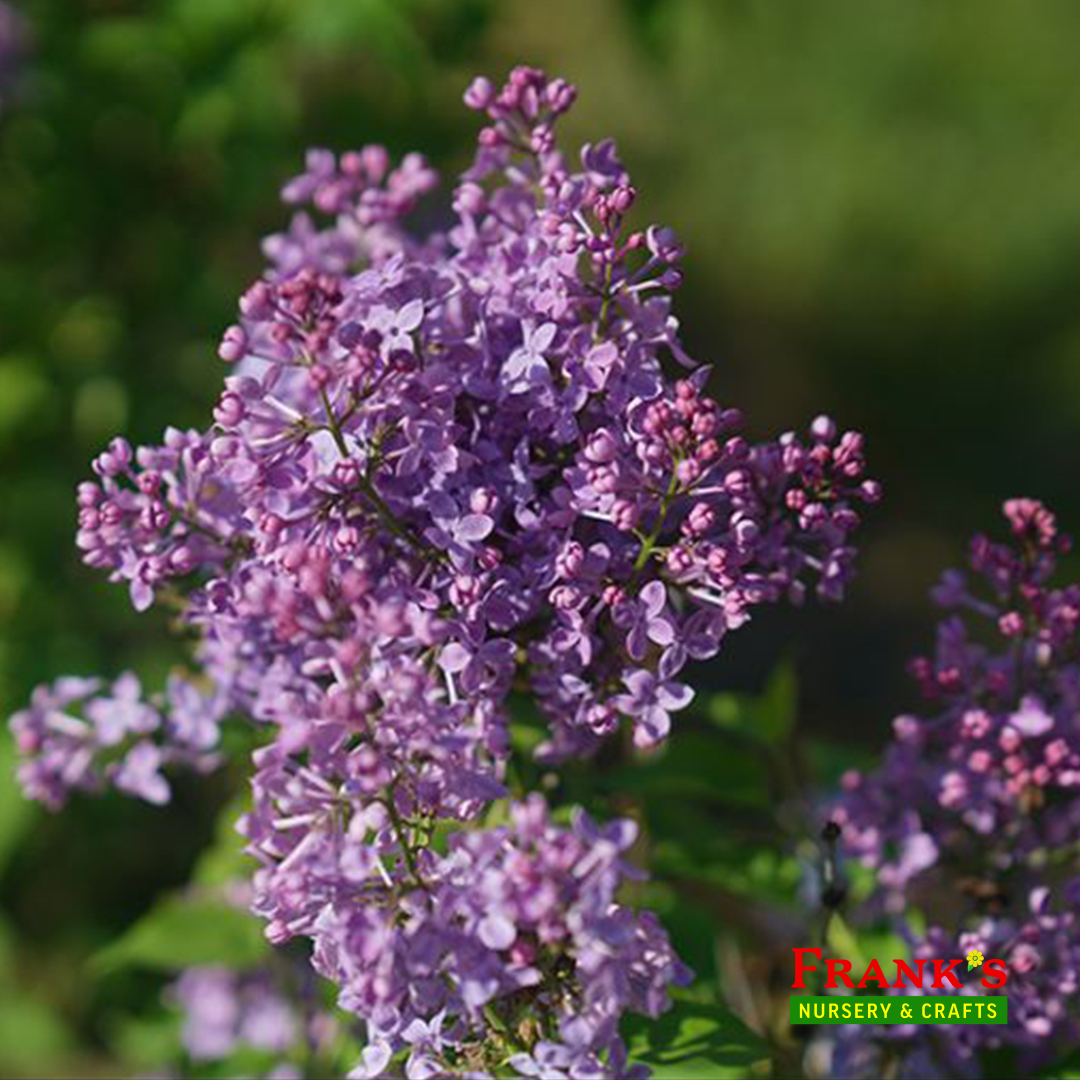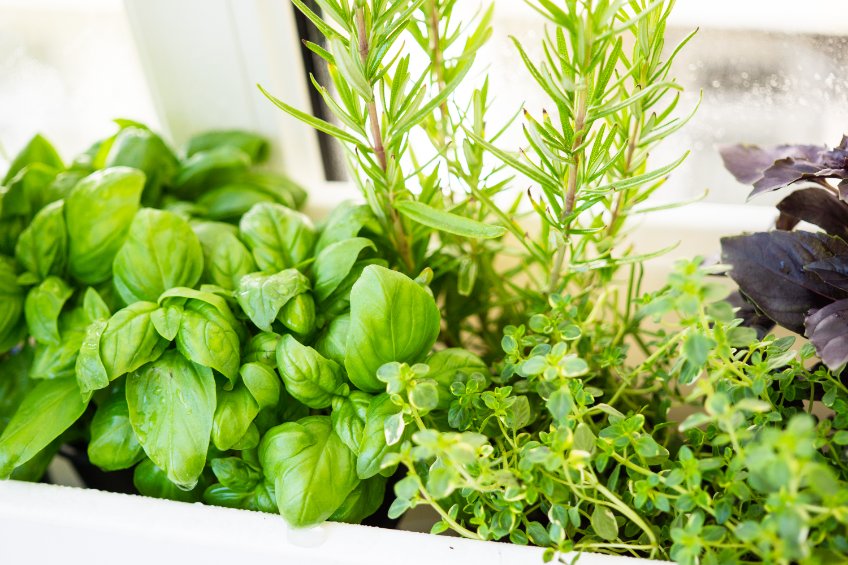10 Gorgeous Flowering Plants to Attract Butterflies this Summer
Butterfly-friendly plants not only add beauty to your garden, they also nurture vital populations of pollinators.
It is blue-butterfly day here in spring,
And with these sky-flakes down in flurry on flurry
There is more unmixed color on the wing
Than flowers will show for days unless they hurry.
But these are flowers that fly and all but sing:
And now from having ridden out desire
They lie closed over in the wind and cling
Where wheels have freshly sliced the April mire
– Blue-Butterfly Day, Robert Frost
One of the great joys of cultivating a beautiful garden lies not only in the gorgeous flowers and greenery you get to enjoy throughout the growing season, but in the wildlife you attract in the process. For many gardeners, the most rewarding of these creatures is the dainty butterfly—what Robert Frost so fittingly described as “flowers that fly.”
While butterflies will be attracted to many flowering plants, some are more irresistible than others due to their abundant flowers and pungent nectar. If you’re interested in growing a butterfly garden, the following plants will set you up for success.
1. Butterfly Bush (Buddleia)
Hardiness Zones 5–9
As its common name implies, the butterfly bush has a longstanding reputation for attracting butterflies of all varieties. Known for its cone-like flower clusters that produce a rich, honey-scented nectar, butterfly bushes are a staple of many gardens across the country.
However, if you’re considering this bush for your own garden, there are two important points you should be aware of. First, butterfly bushes are considered an invasive species in some areas, so it’s best to look for a sterile cultivar. Second, many shrub varieties can grow quite large—some of them over twelve feet—so if you want something more compact, look for a dwarf variety.
2. Coneflower (Echinacea)
Hardiness Zones 3–8
With bright flowers and large, distinctive heads, coneflowers are a bold choice for any garden bed. They prefer full sun and can be stunning planted as a border flower along the edge of a lawn or cul-de-sac. They’re both cold hardy and drought tolerant, making them highly versatile plants that you will be able to enjoy year after year.
3. False Indigo (Baptisia)
Hardiness Zones 4–9
A member of the pea family, false indigo blooms for six weeks in late spring and early summer. False indigo produces flower spikes that bloom into clusters of dainty blossoms that closely resemble pea flowers. As pretty as these flowers are, however, the real value of this plant is as a host plant for a number of species of caterpillar.
Like coneflowers, baptisia are also highly drought tolerant. Their early bloom period balances out the late bloomers on this list to help you have a vibrant garden all year long.
4. Herbs (Lavender, Mint, Oregano)
Hardiness Zones (various)
If you enjoy having a culinary garden, we have good news: many of your favorite herbs are also popular among butterflies. In particular, members of the lamiaceae family, which includes mint, marjoram, lavender, oregano, rosemary, and sage, all attract butterflies with their fragrant foliage—and some have lovely flowers, too.
5. Phlox
Hardiness Zones 4–8
Phlox comes in all heights and colors, from low-growing varieties that create an attractive ground cover, to taller plants that can create a pleasing backdrop to shorter flowers in a garden bed. With clusters of five-petaled flowers, these will provide an attractive habitat for butterflies all summer long.
6. Yarrow (Achillea)
Hardiness Zones 3–9
Yarrow plants produce beautiful clusters of flowers in colors ranging from pastel shades of yellow, pink, and white, to almost fluorescent violets and oranges. A truly versatile plant, yarrow can be short enough to act as a ground cover, or rise up to heights of 30–40 inches. Yarrow is not only hardy in cold zones, it is also drought resistant. Plant it in well-draining soil and be sure not to over-water.
7. Aster
Hardiness Zones 3–8
With their rich purple petals and bright yellow centers, asters are some of the most recognizable flowers around. Asters bloom in late summer and early fall, meaning they will help you extend your blooming season.
While butterflies do appreciate them for their nectar, they are even more essential as a host plant for the larvae of a number of insects in the Lepidoptera family. Planting asters, therefore, means you’re not just nurturing butterflies once they’re fully grown—you’re creating a habitat that will support a larger butterfly population all around.
8. Snapdragon (Antirrhinum)
Hardiness Zones 7–11
Snapdragons are some of the most beloved garden flowers, so it can only be good news to hear that these distinctive plants are excellent as nectar and host plants for butterflies and larvae alike. Perennial snapdragons are a tender plant that will grow best in warmer climates, but annual plants are popular in gardens much further north.
9. Sedum
Hardiness Zones 3–11
You may love succulents as house plants, but this is one you’ll want to grow in your garden for sure. Also known as stonecrop, creeping sedums make a dense and beautiful ground cover, while the taller varieties can reach up to three feet in height. With flower clusters that form a wide, almost fluffy-looking head, sedum is good as both a host and nectar plant.
10. Bee Balm (Monarda)
Hardiness Zones 4–9
Also known as wild bergamot (the oil derived from a variety of oranges used to flavor earl grey tea), these plants with their vivid flowers are a wonderful choice to attract pollinators of all varieties. Their leaves give off a fragrant essential oil that will only add to their appeal in your garden.
Create a natural habitat for pollinators and support the wildlife in your area.
Many pollinators, including birds, bats, and bees—and, of course, butterflies—are facing habitat loss that is leading to an overall decline in population. Planting a butterfly garden creates a safe haven for these vital members of our natural ecosystem by offering both food and shelter. As home gardeners choose plants that support pollinators, it creates a virtuous cycle whereby more healthy habitats result in growing populations of pollinators.
At Frank’s, we’re here to support gardeners of all levels as they incorporate beautiful green spaces into all corners of their lives. If you’re searching for one of these plants, be sure to look for them in our online store. Or, if you have a favorite butterfly-friendly plant not mentioned above, let us know in the comments or on social media!



